The Aggregate Nutrient Density Index (ANDI) is a scoring method developed to evaluate the nutritional value of various foods. The ANDI score is calculated by taking into account the amount of essential nutrients such as vitamins, minerals, and phytochemicals per calorie in a given food. This scoring system is based on the principle that foods with high amounts of essential nutrients per calorie are more nutritionally dense, and thus, more beneficial for human health. The ANDI score can be used as a tool to assist individuals in identifying nutrient-dense foods and making informed decisions about their dietary choices.
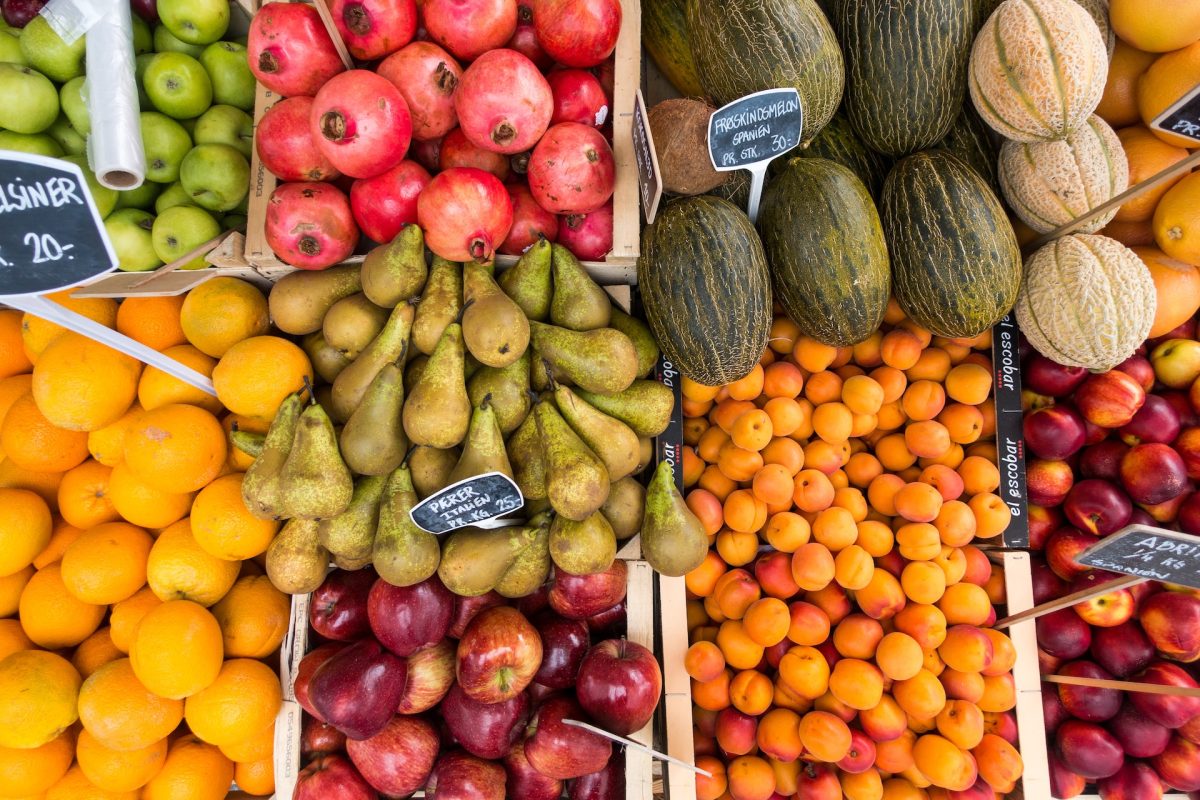
Table of Contents
Aggregate Nutrient Density Index according to Dr.Fuhrman and the CDC
At the center of Dr. Fuhrman’s Nutritarian diet is a simple health equation:
H=N/C
Your health (H) is predicted by your nutrient intake (N) divided by your calorie intake (C).
This straightforward formula defines the nutrient density of your diet. It is the basis of nutritional science and nutritional healing and is a critical concept that Dr. Fuhrman uses in his dietary recommendations.
Food supplies both nutrients and calories (energy). All calories come from only three elements: carbohydrates, fats, and proteins. Micronutrients, on the other hand, are noncaloric food factors, such as vitamins, minerals, fibers, and phytochemicals. These noncaloric nutrients are vitally important for good health. The key to optimizing your health and achieving your ideal body weight is to eat predominantly those foods that have a relatively high proportion of nutrients (noncaloric food factors) to calories (carbohydrates, fats, and proteins).
Dr. Fuhrman’s dietary style is based on choosing an adequate amount of foods that have the highest nutrient density. Adequate consumption of foods high in vitamins, minerals and phytochemicals is essential for a healthy immune system and to empower your body’s detoxification and cellular repair mechanisms to protect you from cancer and other diseases. If you need to lose weight, you will find that the more nutrient dense food you consume, the more you will be satisfied with fewer calories and the less you’ll crave low-nutrient, empty calorie foods.
Source: https://www.drfuhrman.com/library/article17.aspx
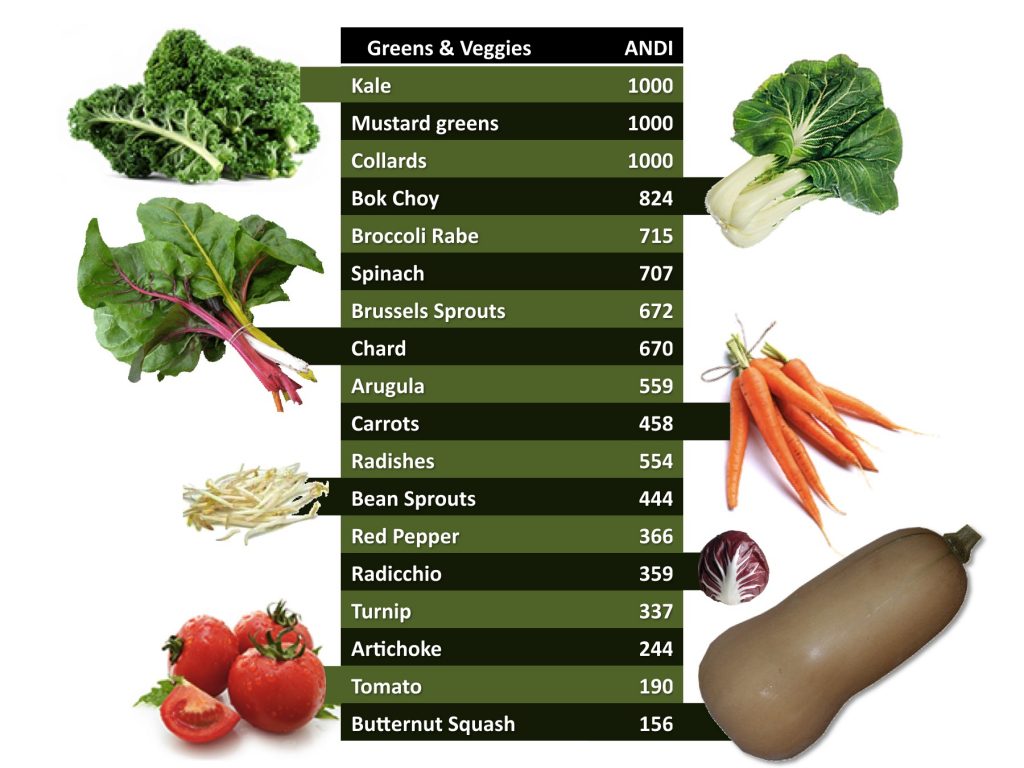
Aggregate Nutrient Density IndexAggregate Nutrient Density Index Controversy and Flaws
If you take watercress – 100 grams of watercress is probably 95 grams of water and has exactly FOUR calories (yes, 4 calories)… you can ignore the water in the equation.
So if it has enough vitamins to equal 400 (quite a lot of vitamins), you divide by the number of calories and you get a nice score of 100. Sounds great, right?
Except you’ll starve to death on a watercress diet because there’s no energy in it.
A lot of the foods the CDC lists are indeed very good for you due to high vitamin content – lots of greens and cruciferous veggies of course – but you can’t subsist on them alone.
Truly high nutrient foods, like liver or butter or egg yolks, are penalized because they’re high calorie.
Source: https://www.bulletproofexec.com/cdc-superfoods-andi-score-debunked/
Furthermore, in case if you really want to calculate the accurate amount of required energy does the body need. Tdee calculator (total daily energy expenditure) facilitates you to set a daily routine of diet and workout that will help individuals to maintain their health. Nutrients recommend the Tdee calculator to extract the quantity of energy needed according to the body mass index.
Green Vegetables
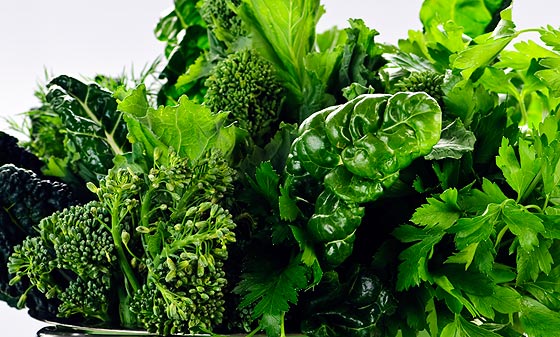
| Vegetable | ANDI Score |
| 1. Mustard/Turnip/Collard Greens | 1000 |
| 2. Kale | 1000 |
| 3. Swiss Chard | 1000 |
| 4. Upland/Watercress | 1000 |
| 5. Bok Choy/Baby Bok Choy | 865 |
| 6. Chinese/Napa Cabbage | 714 |
| 7. Spinach | 707 |
| 8. Arugula | 604 |
| 9. Lettuce, Green Leaf | 585 |
| 10. Chicory | 516 |
Non-Green Vegetables

| Vegetable | ANDI Score |
| 1. Radish | 502 |
| 2. Turnip | 473 |
| 3. Carrots | 458 |
| 4. Acorn Squash | 444 |
| 5. Broccoflower | 444 |
| 6. Cabbage | 434 |
| 7. Bell Pepper, Yellow or Orange | 371 |
| 8. Kholrabi | 352 |
| 9. Cauliflower | 315 |
| 10. Rutabaga | 296 |
Fruit
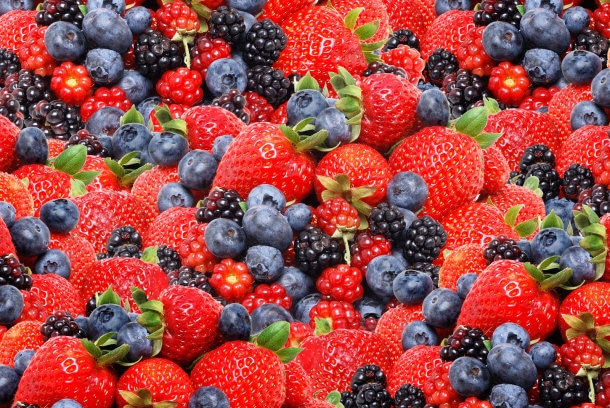
| Fruit | ANDI Score |
| Cranberries (fresh) | 207 |
| Strawberries | 182 |
| Blackberries | 171 |
| Raspberries | 133 |
| Blueberries | 132 |
| Guava | 125 |
| Grapefruit | 125 |
| Grapes | 119 |
| Pomegranate | 119 |
| Cantalope | 118 |
| Plum | 106 |
| Orange | 98 |
| Tangerine | 86 |
| Apricots (fresh) | 75 |
| Watermelon | 71 |
Nuts & Seeds

| Nuts & Seeds | ANDI Score |
| Flax Seeds | 103 |
| Sesame Seeds | 74 |
| Sunflower Seeds | 64 |
| Peanuts | 59 |
| Chia Seeds | 46 |
| Pumpkin Seeds | 39 |
| Pistachios | 37 |
| Chestnuts | 34 |
| Hazelnuts | 34 |
| Pecans | 33 |
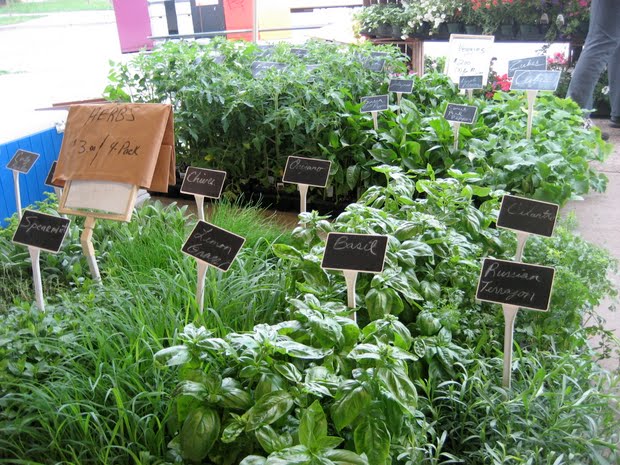
Herbs
| Herbs | ANDI Score |
| Basil | 518 |
| Cilantro | 481 |
| Spearmint | 457 |
| Tarragon | 426 |
| Oregano | 426 |
| Thyme | 422 |
| Parsley | 381 |
| Dill | 326 |
| Chives | 319 |
| Peppermint | 293 |
| Bay Leaves | 271 |
| Rosemary | 84 |
| Lemongrass | 55 |
Beans

| Vegetable | ANDI Score |
| 1. Edamame | 98 |
| 2. Pinto Beans | 86 |
| 3. Tofu | 82 |
| 4. Great Northern Beans | 77 |
| 5. Adzuki Beans | 74 |
| 6. Lentils | 72 |
| 7. Lima Beans | 69 |
| 8. Kidney Beans | 64 |
| 9. Black Beans | 61 |
| 10. Chickpeas (Garbanzos) | 55 |
How to Calculate Nutrient Density ANDI Score
Nutrient density can be calculated by taking the amount of a specific nutrient (e.g. vitamin C, iron) in a food and dividing it by the number of calories in that food. This results in a value that represents the amount of the nutrient per calorie.
For example, if a food contains 10 milligrams of vitamin C per 100 calories, it would have a higher nutrient density for vitamin C than a food that contains 5 milligrams of vitamin C per 100 calories.
To calculate the Aggregate Nutrient Density Index (ANDI) score, a food’s nutrient density is calculated for a set of micronutrients that are considered essential for optimal health. These include vitamins, minerals, and phytochemicals. The scores for each nutrient are then multiplied by a nutrient’s nutrient density coefficient (NDC) and summed to give the final ANDI score.
NDC are assigned based on the nutrient’s importance to human health and the degree to which it is under-consumed in the population. Foods with higher ANDI scores are considered to be more nutrient-dense, and therefore, more beneficial for human health.
What is Nutrient Density?
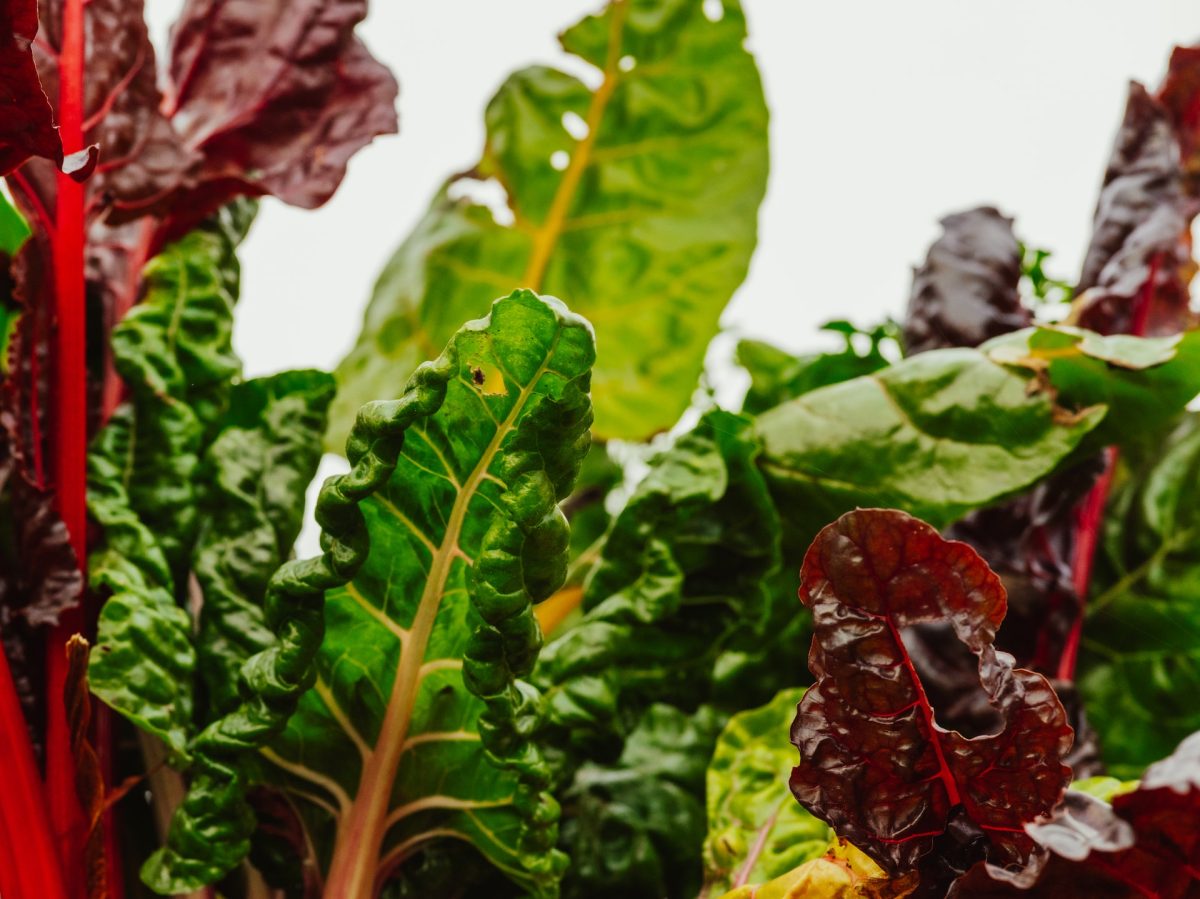
Nutrient density refers to the concentration of essential vitamins, minerals, and other beneficial compounds in a food in relation to its calorie content. It is a measure of the nutritional value of a food and can be used to compare the relative nutritional quality of different foods.
A food that is high in nutrient density is considered to be more beneficial for human health because it provides a greater amount of essential nutrients per calorie, without excessive calorie intake. These foods are usually rich in vitamins, minerals, and other beneficial compounds such as antioxidants, phytochemicals, and fiber. Examples of nutrient-dense foods include leafy green vegetables, fruits, nuts, and whole grains.
On the other hand, foods that are low in nutrient density are often high in calories but provide little in terms of essential nutrients. These foods are often referred to as “empty-calorie” foods, and include foods high in added sugars, saturated fats, and refined grains.
Eating a diet that is high in nutrient-dense foods can help to ensure that a person’s diet is providing adequate amounts of essential nutrients, while also helping to prevent nutrient deficiencies and chronic diseases.
- About the Author
- Latest Posts
I strive to paint vivid landscapes with my words, bringing the magic of far-off lands and enchanting aromas to life for my readers. Combine passion for exploration and the art of gastronomy in an unending ode to the senses. When I’m not traversing the globe, I find solace in the earth beneath my fingertips, tending to my garden and working on projects around my verdant oasis. MK Library serves as a beacon, guiding fellow travelers and homebodies alike to embrace sustainability, nurturing both our planet and our souls with purpose. Full Bio.


hi, Just trying to understand the watercress example. How do you get the value for the vitamins in a foodtype? in this case watercress.
100g of water cress, 95g of water, 4 calories, vitamins=400(?)
=> vitamins/calories = 400/4 = 100 score on the ANDI index
Quote:
If you take watercress – 100 grams of watercress is probably 95 grams of water and has exactly FOUR calories (yes, 4 calories)… you can ignore the water in the equation.
So if it has enough vitamins to equal 400 (quite a lot of vitamins), you divide by the number of calories and you get a nice score of 100. Sounds great, right?